E-scooters could be soon made legal on British roads.
UK transport secretary Grant Shapps suggested e-scooters would soon be made legal, suggesting it would be included in this week’s Queen’s Speech.
While the vehicle wasn’t mentioned by Prince Charles on the day, a UK Government spokeswoman later confirmed e-scooter legislation will be included in the upcoming Transport Bill.
So e-scooters could soon be legal to use on public roads.
But hold on, I’ve been seeing people out riding them for a while now, you might say.
The mode of transport has become an increasingly popular in big cities such as Glasgow and Edinburgh, but they are also easily seen on the streets of smaller cities such as Dundee.
E-scooters have a peculiar legal standing in the UK where they are legal to buy and own, but not to ride on public roads.
Schrodinger’s e-scooter, if you will.
So, how does the legal status work and what might be changing?
How can e-scooters be illegal if I keep seeing them?
It is legal to sell, buy and own an e-scooter in the UK.
It is also legal to ride them on private land.
However, as they are considered a ‘powered vehicle’, they have the same requirements as cars and motorbikes.
An emergency petition was handed into @10DowningStreet @BorisJohnson @grantshapps @transportgovuk by @newdawn75 yesterday ahead of #QueensSpeech today
Please do not legalise private e-scooters they are not safe
Why has the #EScooter trial monitoring report not been published? pic.twitter.com/SaJzONBfzm
— NFBUK (@NFBUK) May 10, 2022
This means you can not use them on pavements or cycle lanes.
Technically, they have to meet the same criteria as cars and motorbikes to be roadworthy — insurance, registration, road tax, driving licence, MOT, age, etc.
Putting all of that in place for an e-scooter is practically impossible.
So, basically, anyone you’ve seen riding an e-scooter on the streets has likely been breaking the law.
Would a new legal status mean I’ll be seeing more of them?
Most likely.
Anyone interested in buying one, but put off because of its legal status, will likely be queueing to snap one up if made legal.
Similarly, people scared of ending up in court would no longer have that concern.
There remains safety fears around them.
London Fire Brigade highlighted a number of incidents in recent years where e-scooters caught fire.
Aren’t there trials taking place?
Yes, some cities have been running trials for public hire e-scooters.
However, none of these have been taking place in Scotland.
But there are 31 live trials across England.
An electric scooter that was on charge in a communal hallway was destroyed by fire in the early hours of this morning in #Hackney. Firefighters led two adults and two children to safety https://t.co/wn6cf9FL7R pic.twitter.com/1OhgbP92iO
— London Fire Brigade (@LondonFire) March 15, 2021
This includes places such as Liverpool, Salford, Newcastle and York.
Only e-scooters approved through a local authority are allowed on public land as part of the trials.
These trials, which end in November, will assess aspects such as demand, safety, cost and whether they help reduce motor traffic.
‘Safety will always be our top priority’
The UK Government spokeswoman said: “Safety will always be our top priority.
“Our trials are helping us to better understand the benefits of properly regulated, safety-tested e-scooters and their impact on public space.
“While riding a privately owned e-scooter on public land is illegal, we are considering how best to design future regulations.
“Our Transport Bill will help us to take the steps we need to make e-scooters safer and support innovation.”
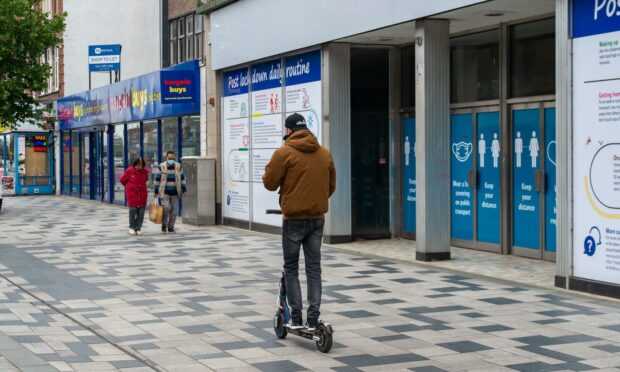

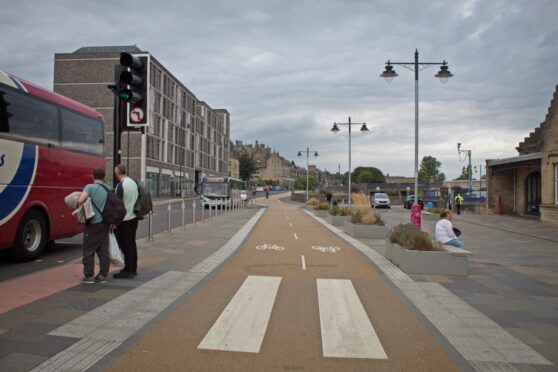


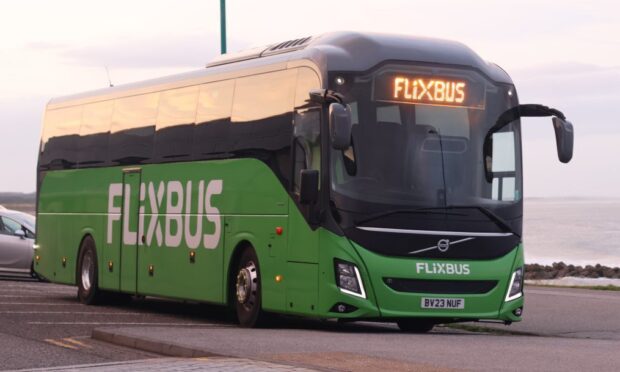
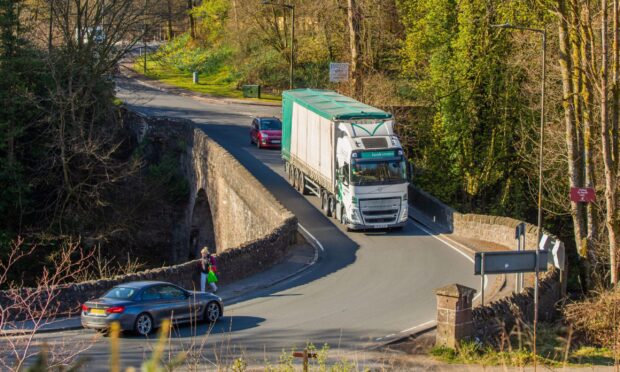
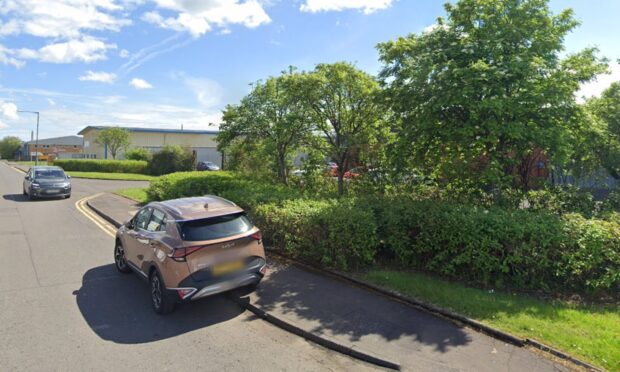



Conversation